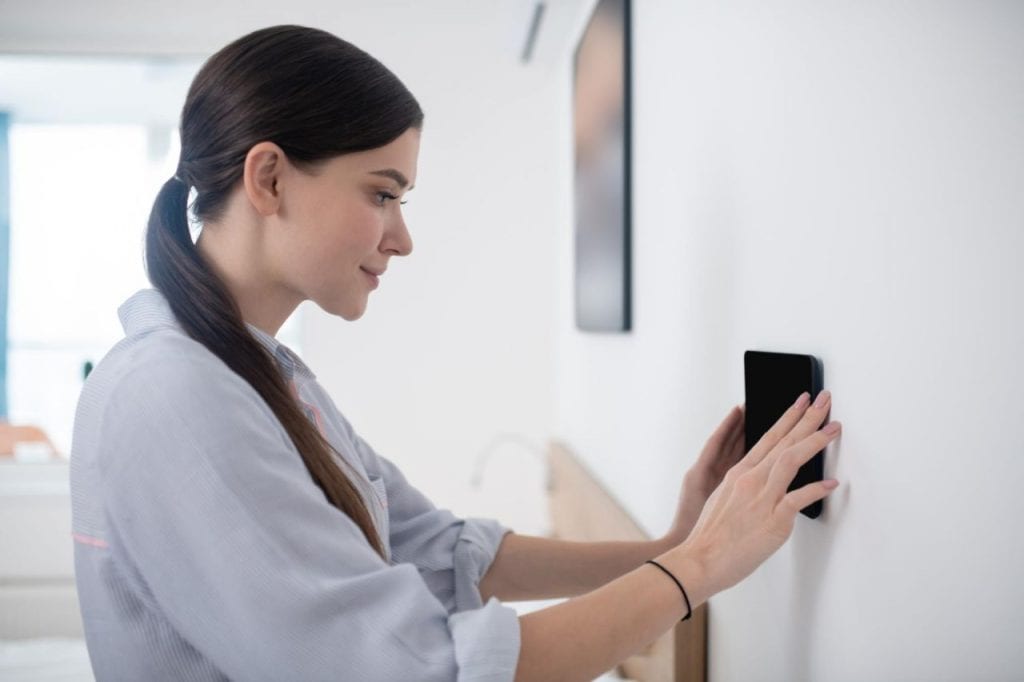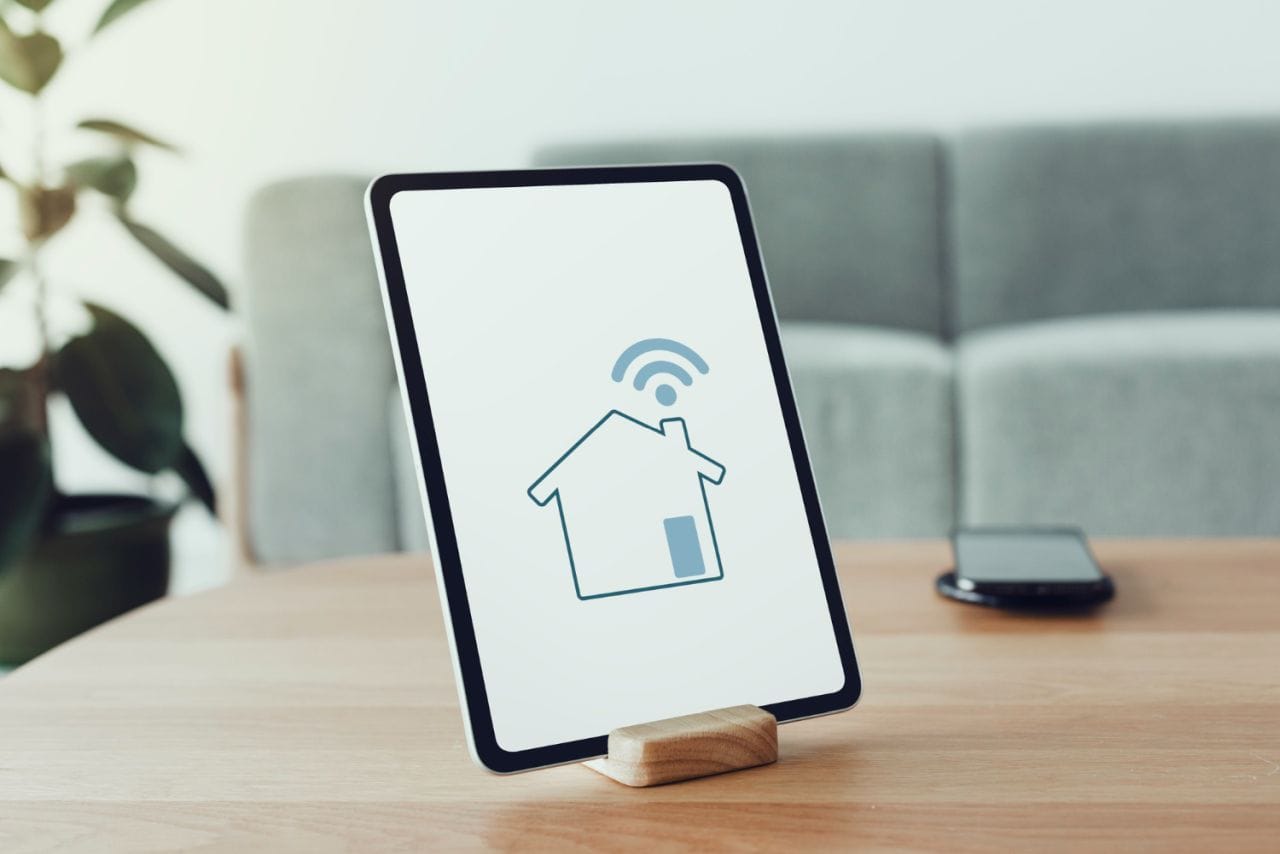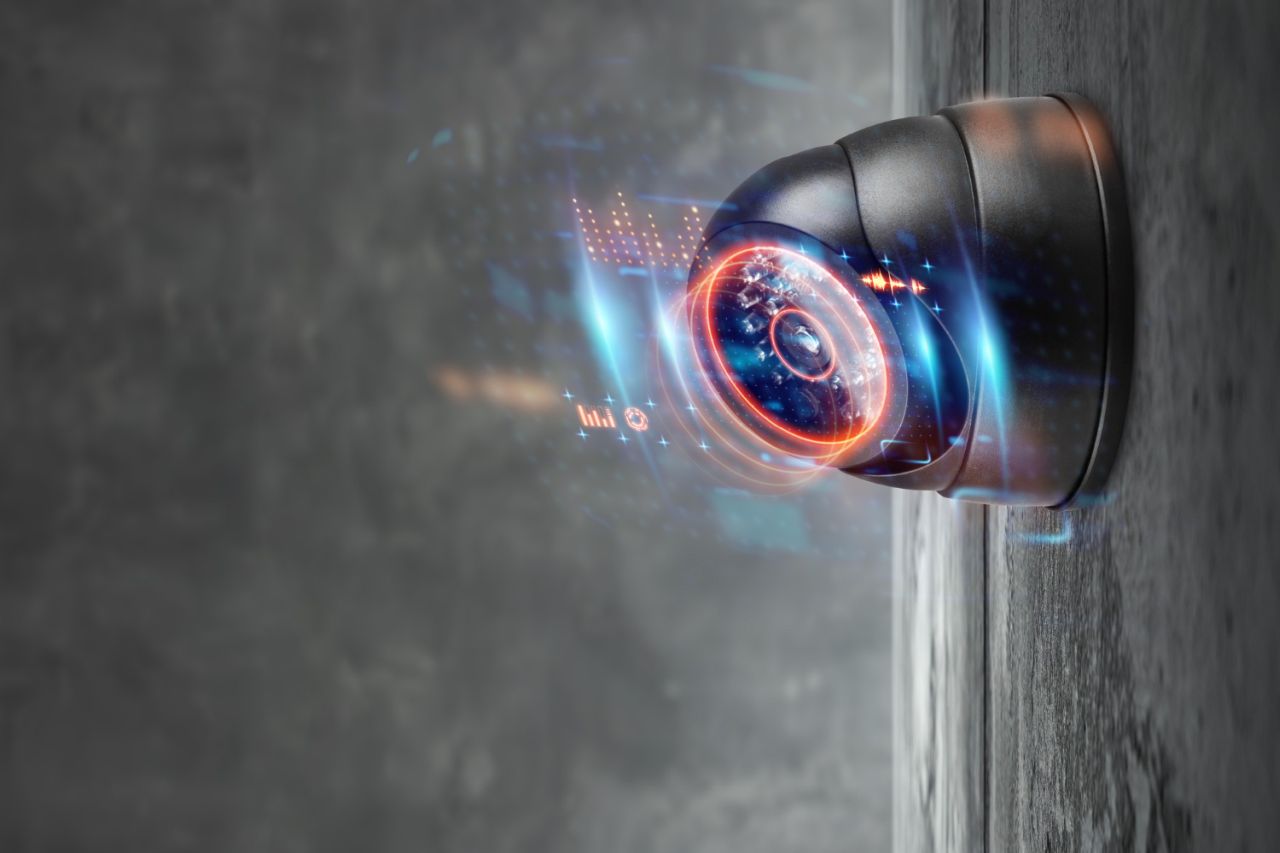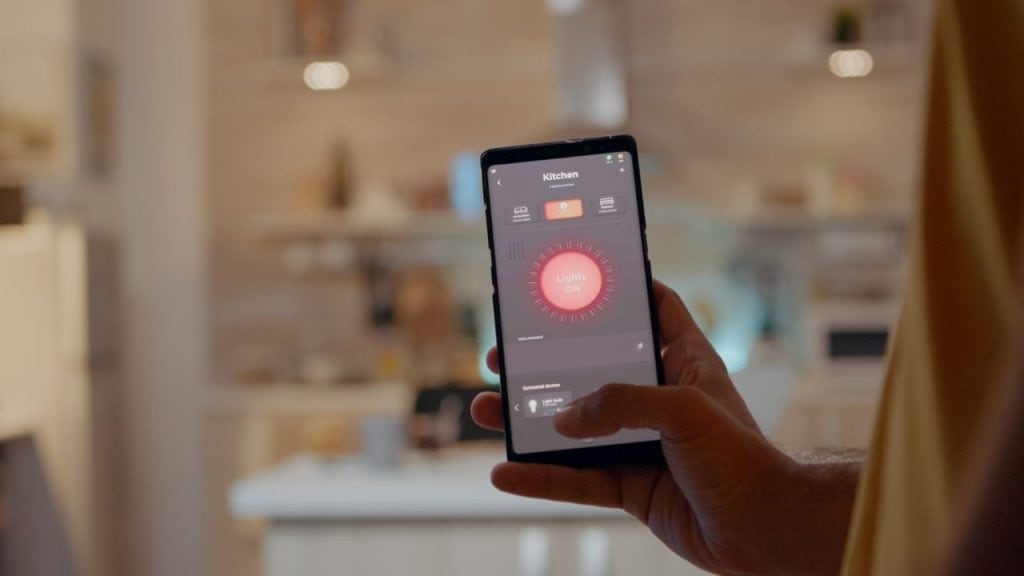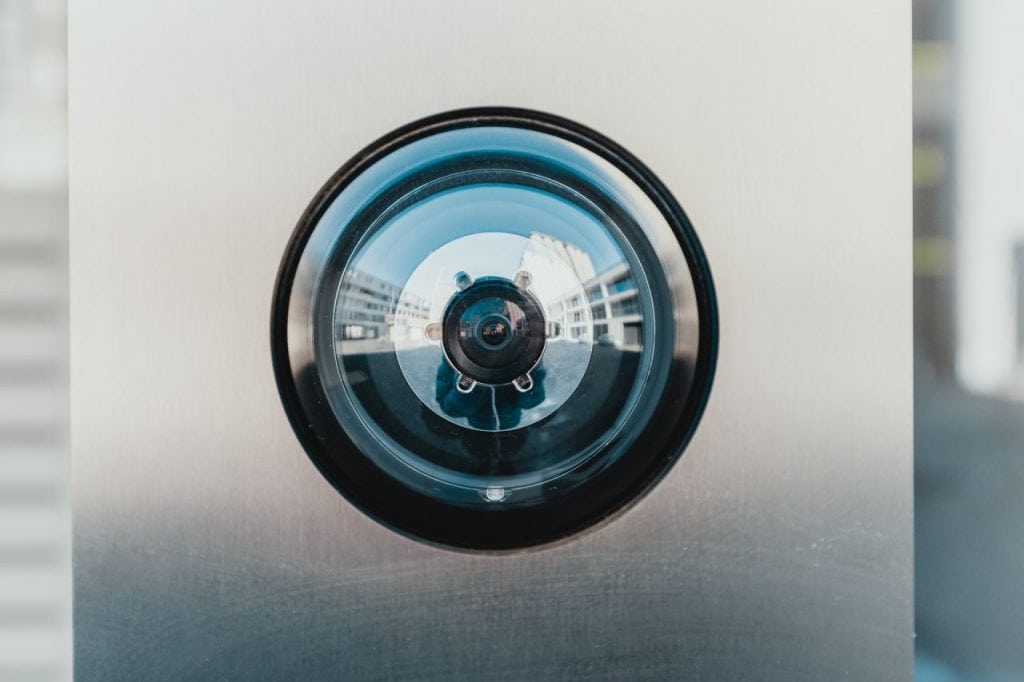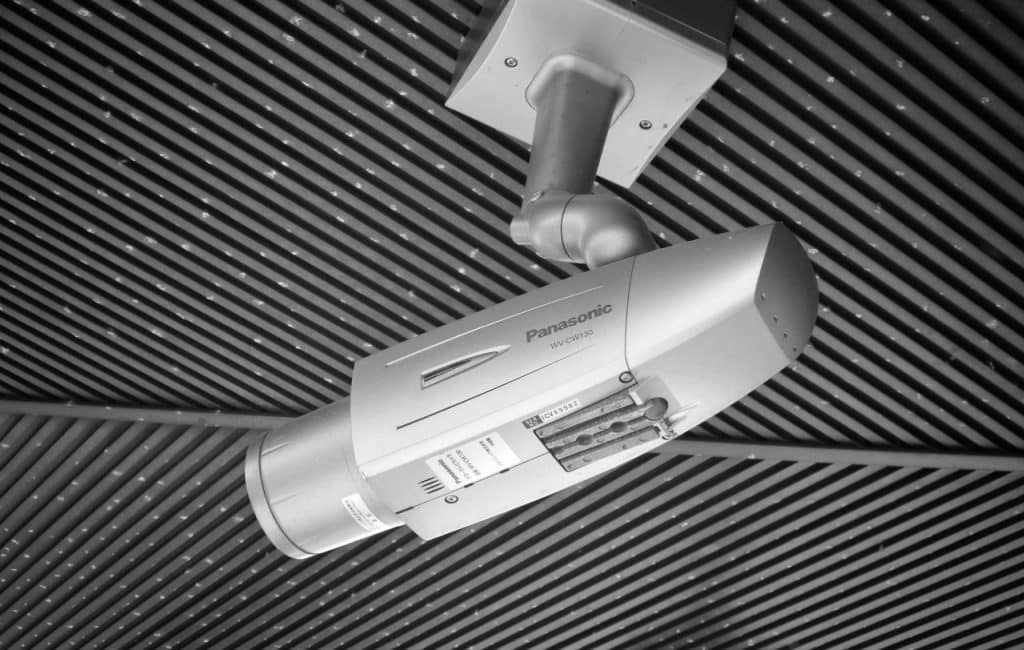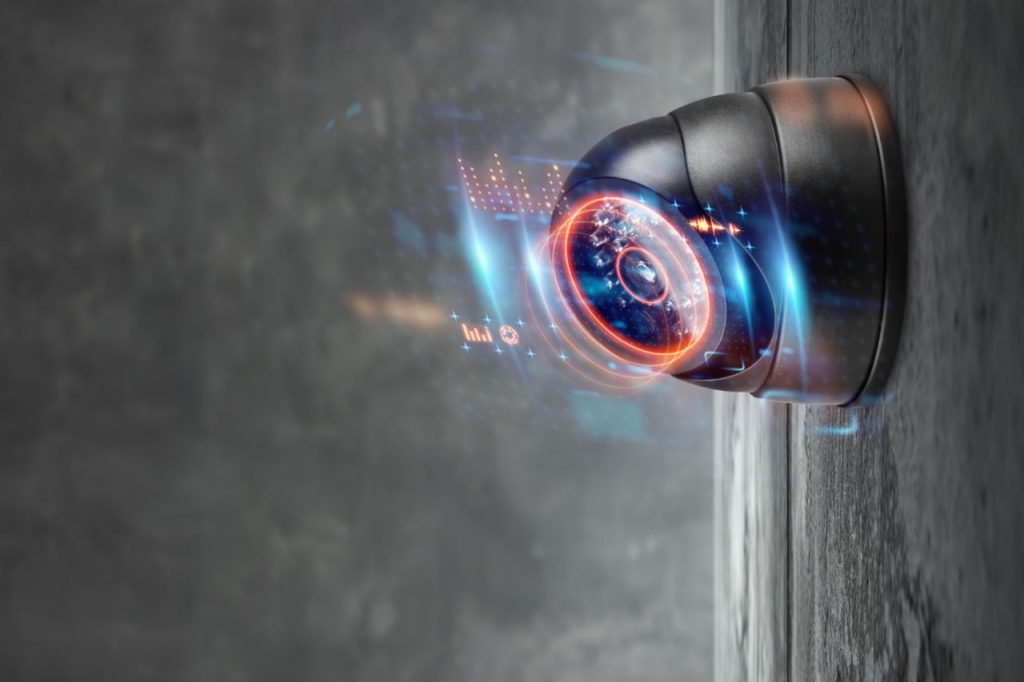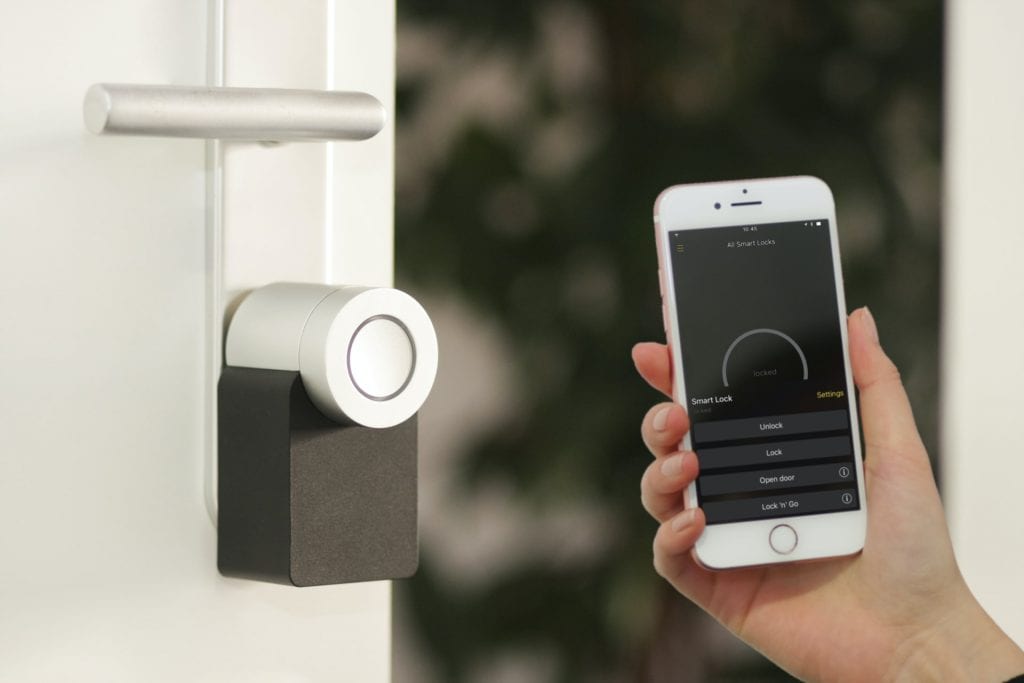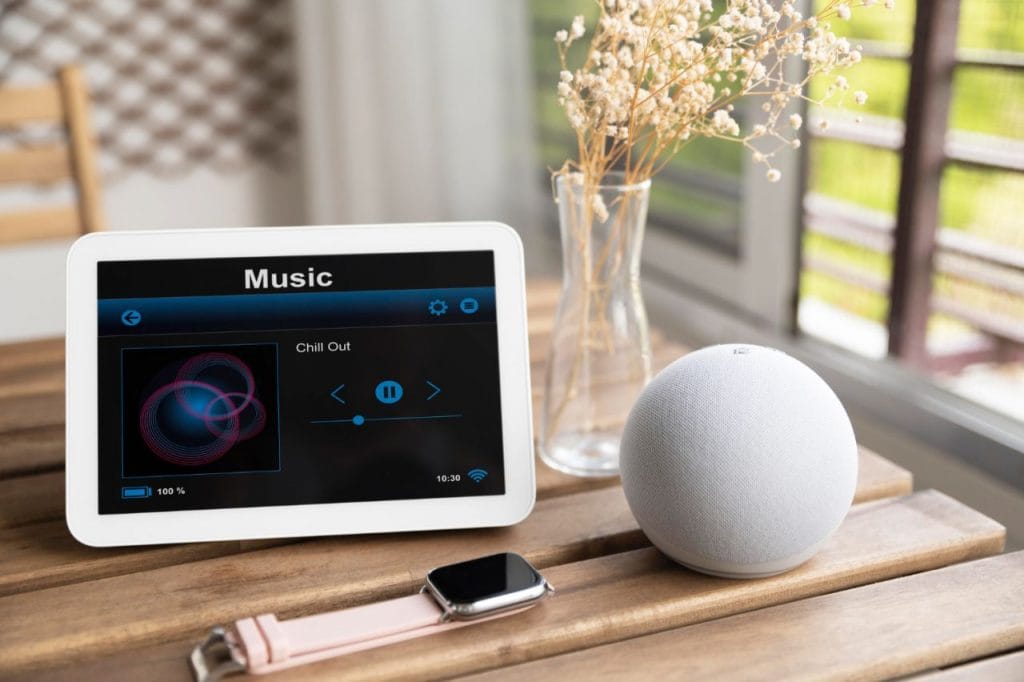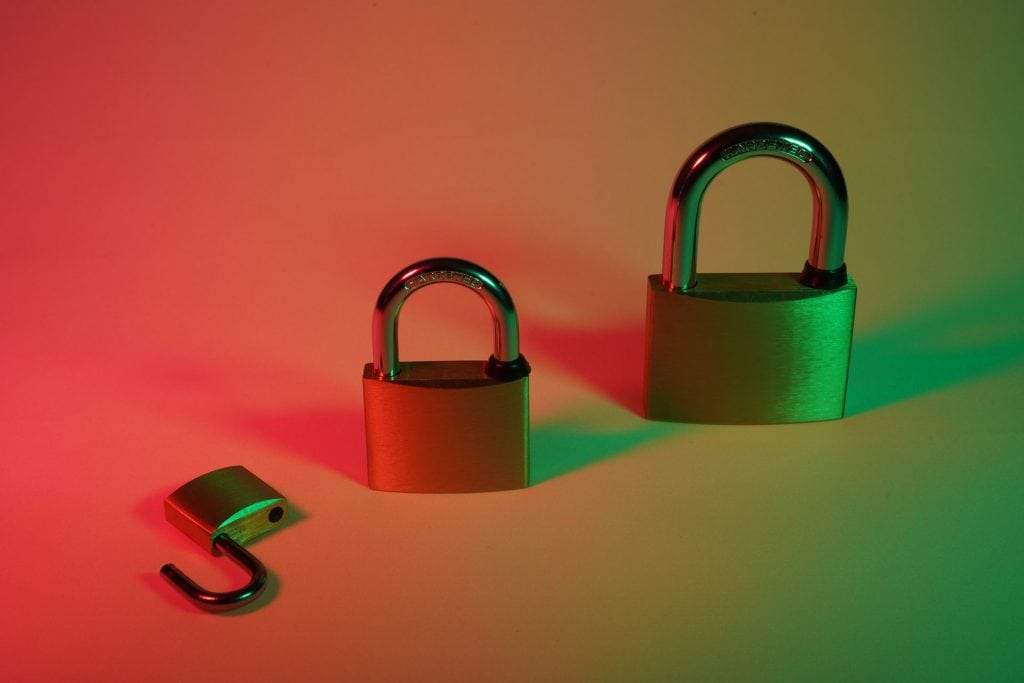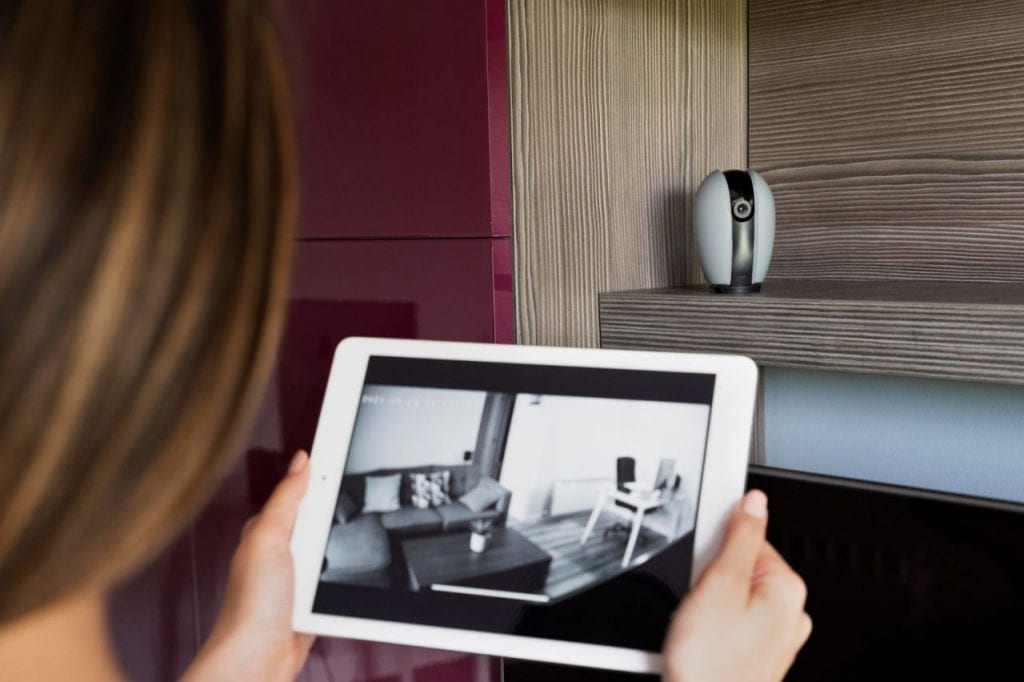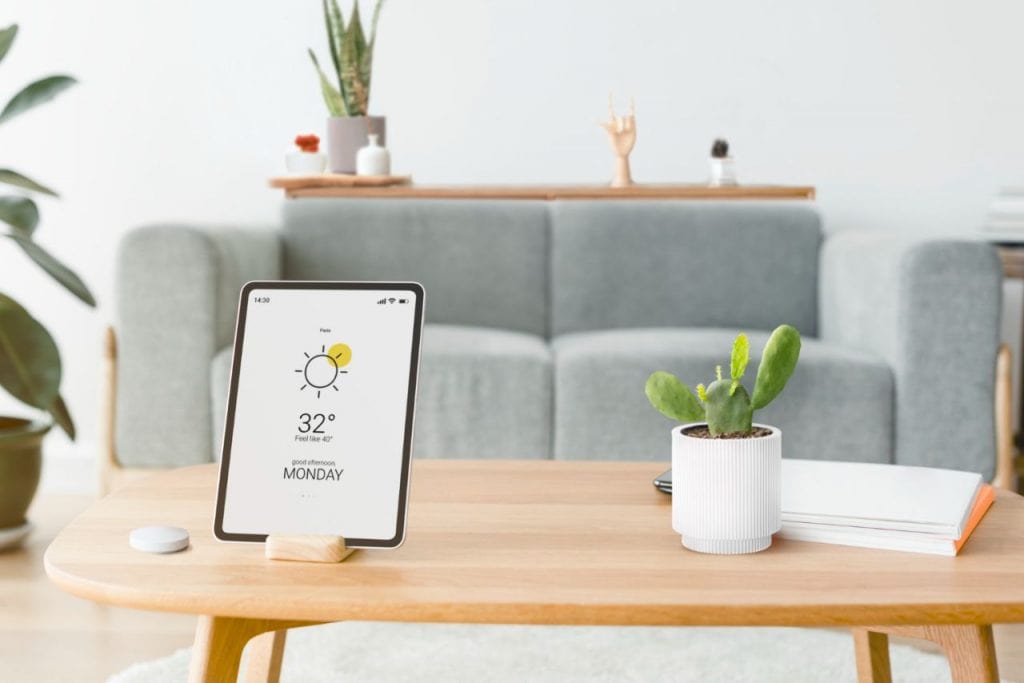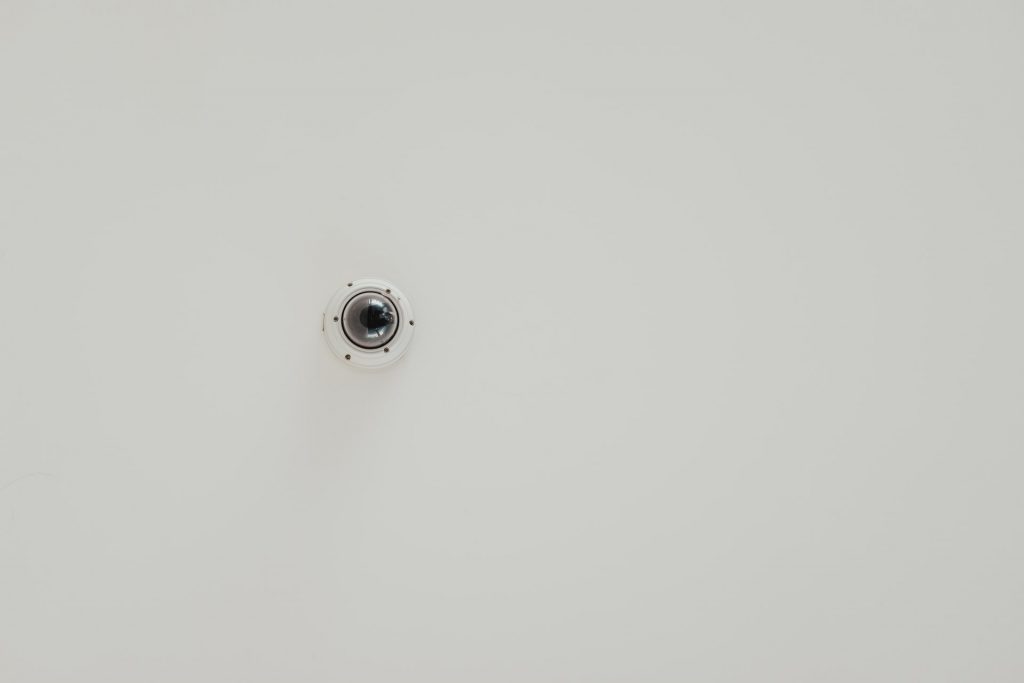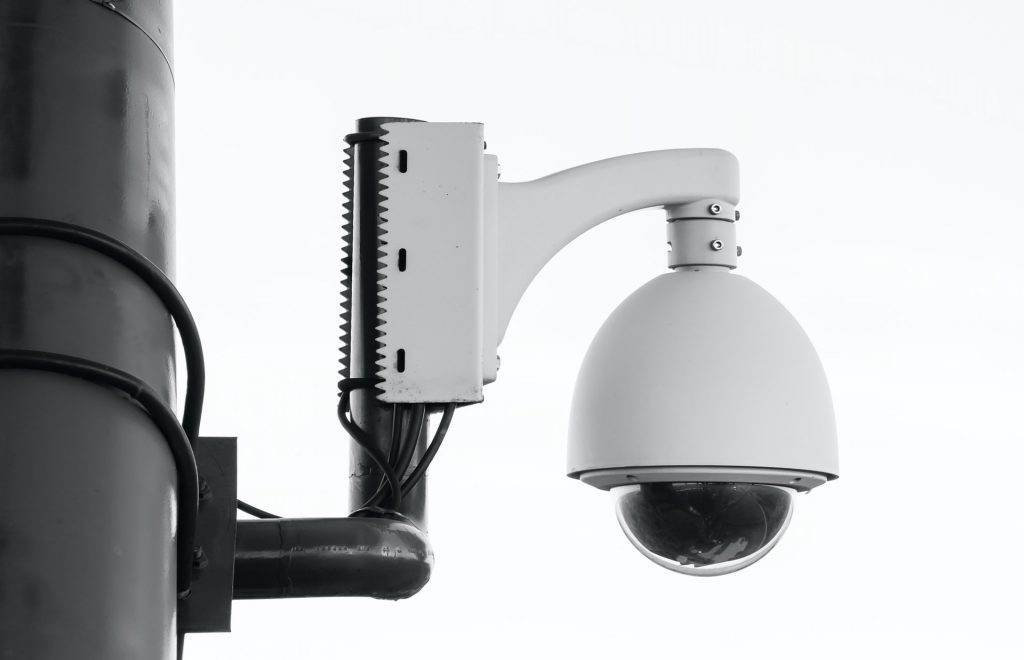What is a smart home? The term "smart home" refers to any residence that has been built to be remotely monitored by an individual. This could mean anything from door locks to lighting, air conditioning, and your appliances. Essentially, anything you can control through the internet or an app on your phone.
Well, it certainly can be if you want more out of life than what comes naturally. But how does one go about turning their house into a modern marvel? Here are some tips for homeowners looking to make their homes smarter!
A smart home is a residence that uses internet-connected devices to enable the remote monitoring and management of appliances and systems, such as lighting and heating.
Smart home technology, also often referred to as home automation or domotics (from the Latin "Domus" meaning home), provides homeowners security, comfort, convenience and energy efficiency by allowing them to control smart devices, often by a smart home app on their smartphone or other networked devices. Smart home systems and devices often operate together as part of the internet of things (IoT), sharing consumer usage data among themselves and automating actions based on the homeowners' preferences.
Any device in your home that uses electricity can be put on your home network and at your command. The home reacts whether you give that command by voice, remote control, tablet or smartphone. Most applications relate to lighting, home security, theatre and entertainment, and thermostat regulation.
The idea of a smart home might make you think of George Jetson and his futuristic abode or maybe Bill Gates, who spent more than $100 million building his smart home [source: Lev-Ram]. But, once a draw for the tech-savvy or the wealthy, smart homes and home automation is becoming more common.
What used to be a quirky industry that churned out hard-to-use and frilly products is finally maturing into a full-blown consumer trend. Instead of start-up companies, more established tech organizations launch new smart home products. As a result, sales of automation systems could grow to around $9.5 billion by 2015 [source: Berg Insight]. By 2017, that number could balloon to $44 billion [source: CNN].
Much of this is due to the jaw-dropping success of smartphones and tablet computers. These ultra-portable computers are everywhere, and their constant Internet connections mean they can be configured to control various other online devices. It's all about the Internet of Things.
The Internet of Things is a phrase that refers to the objects and products that are interconnected and identifiable through digital networks. This web-like sprawl of products is getting bigger and better every day. All of the electronics in your home are fair game for this tech revolution, from your fridge to your furnace.
Smart Home FAQs
How Do Smart Homes Work?
Smart homes use smart devices (from lightbulbs to alarms and more) that connect to a network over Wi-Fi. These devices can then be controlled from anywhere, anytime, using an app on your phone.
What Smart Home Devices Work With Alexa?
Many devices and home components are compatible with Alexa, including Amazon Smart Plug, Philips' Hue bulbs, the Ecobee Smart Thermostat, Ring Video Doorbell, and more.
What Is The Best Smart Home App?
There are many Smart Home Automation apps to manage your Smart Home. Popular ones include Samsung Smart Things, an original all-in-one technique, and Amazon's Alexa App, an industry leader. Others include Apple HomeKit and Google Assistant.
How Much Does A Smart Home System Cost?
Converting your home to a smart home comes at a cost. For example, full automation of an average four-bedroom three-bath house can cost up to $15,000. However, a more modest home with only some smart upgrades has an average cost of $730.
How Do Smart Homes Work?
The easiest way to describe how a smart home works are to think of the home like the human body. In most smart homes, there is a brain, which is often an app or a set of apps on a mobile device. This central device is known as a hub.
The hub directs all activity to the smart devices on the network. If the home is like a body, these devices are its limbs. Using the power of the internet and integrated connectivity, these devices get instructions from the hub and then perform certain mechanical behaviours based on those instructions.
The behaviours—called automation—can range from sending a text to a family member to turning on all of the lights in the house and engaging a security alarm.
The Origins Of The Smart Home
With the 1975 release of X10, a communication protocol for home automation, the smart home, once a pipe dream a la The Jetsons, came to life. X10 sends 120 kHz radio frequency (R.F.) bursts of digital information onto a home's existing electrical wiring to programmable outlets or switches. These signals convey commands to corresponding devices, controlling how and when the devices operate. A transmitter could, for example, send a signal along with the house's electric wiring, telling a device to turn on at a specific time.
However, as electrical wiring isn't designed to be free from radio-band "noise," X10 was not always fully reliable. Signals would be lost and, in some cases, signals wouldn't cross circuits that were wired on different polarities, created when 220-volt service is split into a pair of 100-volt feeds, as is common in the U.S. Additionally, X10 was initially a one-way technology, so while smart devices can take commands, they cannot send data back to a central network. Later, however, two-way X10 devices became available, albeit at a higher cost.
When home automation company Insteon came on the scene in 2005, it introduced technology that combined electric wiring with wireless signals. Other protocols, including Zigbee and Z-Wave, have since emerged to counter the problems prone to X10, though X10 remains a widely installed communications protocol to this day.
Nest Labs was founded in 2010 and released its first smart product, the Nest Learning Thermostat, in 2011. The company also created smart smoke/carbon monoxide detectors and security cameras. After being acquired by Google in 2015, it became a subsidiary of Alphabet Inc. in the same year.
In 2012, SmartThings Inc. launched a Kickstarter campaign, raising $1.2 million to fund its smart home system. Following additional funding, the company came on the market in August 2013 and was acquired by Samsung in 2014.
More recently, companies including Amazon, Apple and Google have released their smart home products and domotics platforms, including Amazon Echo, Apple HomeKit and Google Home.
Smart Home Software And Technology
Home automation has a long and fitful history. For many years, tech trends have come and gone, but one of the first companies to find success is still around.
The genesis of many smart home products was in 1975 when a company in Scotland developed X10. X10 allows compatible products to talk to each other over a home's already existing electrical wires. All the appliances and devices are receivers, and the means of controlling the system, such as remote controls or keypads, are transmitters. If you want to turn off a lamp in another room, the transmitter will issue a message in numerical code that includes the following:
- An alert to the system that it's issuing a command,
- An identifying unit number for the device that should receive the command and
- A code that contains the actual command, such as "turn off."
All of this is designed to happen in less than a second, but X10 does have some limitations. For example, communicating over electrical lines is unreliable because the lines get "noisy" from powering other devices.
Examples Of Smart Home Technologies
Nearly every aspect of life where technology has entered the domestic space (lightbulbs, dishwashers and so on) has seen the introduction of a smart home alternative:
Smart T.V.s connect to the internet to access content through applications, such as on-demand video and music. Some smart T.V.s also include voice or gesture recognition.
In addition to being controlled remotely and customized, smart lighting systems, such as Hue from Philips Lighting Holding B.V., can detect when occupants are in the room and adjust lighting as needed. Smart lightbulbs can also regulate themselves based on daylight availability.
Smart thermostats, such as Nest from Nest Labs Inc., come with integrated Wi-Fi, allowing users to schedule, monitor and remotely control home temperatures. These devices also learn homeowners' behaviours and automatically modify settings to provide residents with maximum comfort and efficiency. Smart thermostats can also report energy use and remind users to change filters, among other things.
Using smart locks and garage-door openers, users can grant or deny access to visitors. Smart locks can also detect when residents are near and unlock their doors.
With smart security cameras, residents can monitor their homes when away or on vacation. Smart motion sensors can also identify the difference between residents, visitors, pets and burglars, and can notify authorities if suspicious behaviour is detected.
Pet care can be automated with connected feeders. Houseplants and lawns can be watered by way of connected timers.
Kitchen appliances of all sorts are available, including smart coffee makers that can brew a fresh cup automatically at a programmed time; smart refrigerators that keep track of expiration dates, make shopping lists or even create recipes based on ingredients currently on hand; slower cookers and toasters; and, in the laundry room, washing machines and dryers.
Household system monitors may, for example, sense an electric surge and turn off appliances or sense water failures or freezing pipes and turn off the water, so the basement doesn't flood, for example.
Smart Home Pros And Cons
Many homeowners are looking into smart homes ideas, how smart homes work, or specific task automation for benefits like these:
- Smart homes allow you to have greater control of your energy use, all while automating things like adjusting temperature, turning on and off lights, opening and closing window treatments, and adjusting irrigation based on the weather.
- Smart homes provide insights into energy use that can help you become more energy-efficient and mindful of ecological factors.
- Smart homes can pinpoint areas where you're using more energy than you need to, allowing you to cut back in those areas and save money.
And while it might sound like just another fad to some, the smart home—like the smartphone—is here to stay. With over 80 million smart home devices delivered worldwide in 2016, some predict that number will grow to over 130 million smart home devices by the end of 2017.
One of the most touted benefits of home automation is providing peace of mind to homeowners, allowing them to monitor their homes remotely, countering dangers such as a forgotten coffee maker left on or a front door left unlocked.
Domotics is also beneficial for the elderly, providing monitoring that can help seniors remain at home comfortably and safely, rather than moving to a nursing home or requiring 24/7 home care.
Smart homes can accommodate user preferences for convenience. For example, user's can program their garage door to open, the lights to go on, the fireplace to turn on, and their favourite tunes to play upon their arrival.
Home automation also helps consumers improve efficiency. For example, instead of leaving the air conditioning on all day, a smart home system can learn behaviours and make sure the house is cooled down when homeowners arrive home from work. The same goes for appliances. For example, the lawn will only be watered when needed with a smart irrigation system and the exact amount of water necessary. With home automation, energy, water and other resources are used more efficiently, which helps save both natural resources and money for the consumer.
However, home automation systems have struggled to become mainstream due to their technical nature. A drawback of smart homes is their perceived complexity; some people have difficulty with technology or will give up on it with the first inconvenience. Smart home manufacturers and alliances are working on reducing complexity and improving the user experience to make it enjoyable and beneficial for users of all types and technical levels.
For home automation systems to be truly effective, devices must be interoperable regardless of manufacturer and use the same protocol or, at least, complementary ones. Unfortunately, as it is a relatively new market, there is no gold standard for home automation yet. However, traditional alliances partner with manufacturers and protocols to ensure interoperability and a seamless user experience.
Another major issue is smart home security. A 2016 NTT Data Corp. report found that 80%. Consumers are concerned about the security of their smart home data. If hackers can infiltrate a smart device, they could potentially turn off the lights and alarms and unlock the doors, leaving home defenceless to a break-in. Further, hackers could access the homeowner's network, leading to worse attacks or data exfiltration. For example, in October 2016, the Mirai IoT botnet was able to bring down parts of the internet in a series of distributed denial-of-service (DDoS) attacks using badly secured cameras, DVRs and routers as entry points.
In addition to home security, many smart home opponents worry about data privacy. The NTT Data report found 73% of consumers are concerned about the privacy of the data shared by their smart home devices. While smart home device and platform manufacturers may collect consumer data to better tailor their products or offer new and improved services to customers, trust and transparency are critical to manufacturers looking to gain new customers.
Setting Up A Smart Home
Companies created alliances with electronics manufacturers who build end-user devices. Here are some examples of smart home products and their functions.
- Cameras will track your home's exterior even if it's pitch-black outside.
- You can control a thermostat from your bed, the airport, anywhere your smartphone has a signal.
- LED lights let you program colour and brightness right from your smartphone.
- Motion sensors will send an alert when there's motion around your house, and they can even tell the difference between pets and burglars.
- Smartphone integration lets you turn lights and appliances on or off from your mobile device.
- Door locks and garage doors can open automatically as your smartphone approaches.
- Auto alerts from your security system will immediately go to your smartphone, so you instantly know if there's a problem at home.
- Many devices also come with built-in web servers that allow you to access their information online.
These products are available at home improvement stores, electronics stores, installation technicians or online. Before buying, check to see what technology is associated with the product.
In designing a smart home, you can do as much or as little home automation as you want. For starters, it may be best to think of tasks you already routinely do and then find a way to automate them.
You could begin with a lighting starter kit and add security devices later. However, suppose you want to start with a more comprehensive system with many features. In that case, it's a good idea to carefully design how the home will work, particularly if rewiring or renovation will be required. In addition, you'll want to strategically place the nodes of the wireless networks so that they have a good routing range.
The cost of a smart home varies depending on how smart the home is. One builder estimates that his clients spend between $10,000 and $250,000 for sophisticated systems [source: McKay]. If you build the smart home gradually, starting with a basic lighting system, it might only be a few hundred dollars. A more sophisticated system will be tens of thousands of dollars, and elements of home theatre systems raise the cost of a system about 50 per cent.
Are Smart Home Devices Energy-Efficient?
Smart home devices are not always energy efficient, but most can be utilized in ways that help you conserve energy. For example, when you have smart home appliances, lights, or a smart thermostat, you control when and how these will turn on and function. Therefore, you have more control over your energy usage and are more likely to change your energy consumption habits.
- Philips Hue. The best smart lights. ...
- Amazon Echo Studio. The best smart speaker. ...
- Arlo Pro 4. The best home security camera. ...
- Eve Energy. The best smart plug. ...
- Eufy Video Doorbell 2K. The best video doorbell. ...
- Google Nest Hub Max. ...
- Nest Learning Thermostat. ...
- Best smart lock: August Smart Lock Pro.
